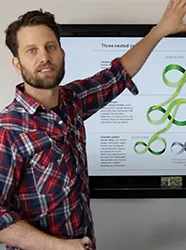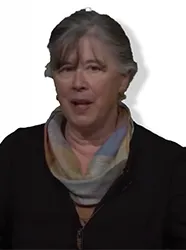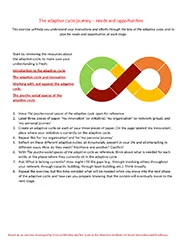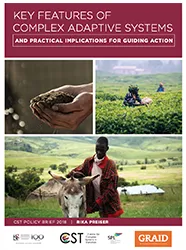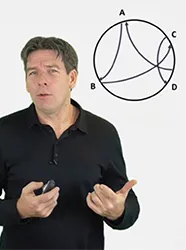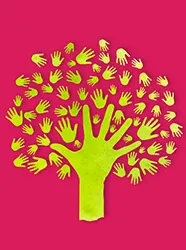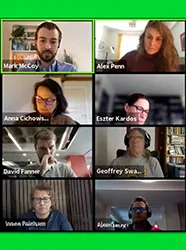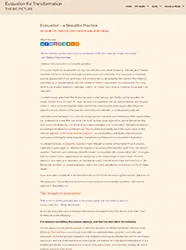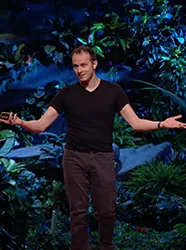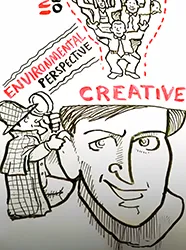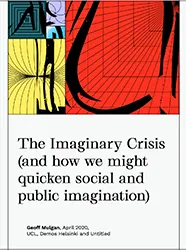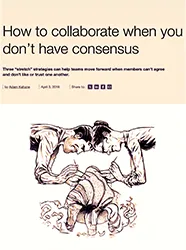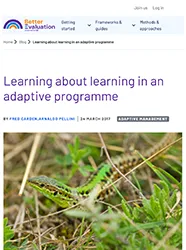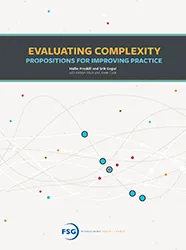Toolkit four: tools and frameworks for working in complexity
Share:

Understanding that we live in and work with complex systems is one thing – but how can we make sense of them? And how can we possibly transform them? This toolkit is an introduction to a number of approaches changemakers can use. Remember that it’s only an introduction. We’ve tried to focus on some of the concepts and tools we think are most immediately useful for changemakers. If you follow the links and references within each, you’ll find there’s much, much more! But if you’re feeling overwhelmed, just start here. It’s a good beginning.
Acknowledgements: This toolkit was created by the Interaktiv kapacitetsutveckling för systeminnovation i utvecklingssamarbete/Interactive capacity development for system innovation in development co-operation (IXUS) collaboration, supported by a grant from Sida, and building upon thought leadership in a number of changemaker programmes from the Stockholm Resilience Centre, University of Cape Town, Adapt, Southern Africa Food Labs, University of Waterloo, and University of Victoria.
Please note that if you encounter any difficulties accessing the links, we recommend switching browsers for seamless access to our resources.
Chapter 1
Making sense of systems
The first step to working with a complex system is being able to make sense of it. Complex systems, with their myriad interrelationships, constant change, and unpredictability are, by definition, extremely difficult to understand. But there are approaches developed by practitioners over the years that can help. Here we introduce three for getting started. There are three sections: 1. The adaptive cycle. The adaptive cycle is an explanatory framework about the life of complex adaptive systems, which many systems thinkers find extremely useful. With it, you can better understand and analyse your own situation at many different scales, and in terms of the demands at each stage. 2. System dynamics. How can you understand the dynamics at play in your system? It’s tricky, since complex adaptive systems are always changing and are enmeshed with other systems. But there are approaches that can help. That’s what we explore in this section. 3. Transformative potentials. What is the potential of your complex system to transform? How strongly entrenched is the system in the current state? What are the potential leverage points for catalysing change? Understanding this can help you to better identify appropriate strategies. Here we present just a few approaches in this growing area of study and experimentation.
Section 1: The adaptive cycle
5 resources
Section 2: Systems dynamics
6 resources
Section 3: Transformative potentials
5 resources
Chapter 2
Making change in systems
With strategies for understanding our system – an ongoing task that never ends – how do we actually make change in systems? Here, again, is only a beginning, focusing on a few approaches that are immediately useful to changemakers. There are six sections.' 1. Scale. In change work, the word ‘scale’ gets used a lot – usually meaning doing more and more of something that has been determined to be successful. But there are different kinds of scale, and something that works in one context may not work in another. So, how should we think about scale? Here are some suggestions. 2. Experimentation and learning. We know that experimentation and learning are critical for change work; but they’re often neglected. We fear failure, and perhaps we don’t understand experimentation and learning as well as we imagine. Here are just a few resources to stimulate our thinking. 3. Imagining positive futures. Before we can create a new future, we have to imagine it (and reimagine it, again and again, as we go along). Some maintain that our era’s focus on dystopian scenarios and lack of ability to imagine positive futures is hindering us enormously. What is the role of imagination in changemaking? And how can we engage imagination productively? 4. Three horizons. As changemakers, how can we navigate systems change? And how can we help others to come along with us? The three horizons framework exists for this purpose. 5. Stretch collaboration. In complex systems change, you need to work with many, many different actors in the systems. Sometimes, key players may be opposed to your own aims; but to shift the system, you’ll need to engage them. How do you do this? Stretch collaboration is one useful approach. 6. Evaluating in complexity. By now we’ve understood that we need to operate in very different ways in tackling systems change. What are the implications of this for evaluation and understanding impact? They are many! Below are a few resources to get you started. "I still can’t say what life is for, but it can’t be to pretend that every part of it is knowable, or that what appears to be to the naked eye or in the middle ground or documented on paperapproximates a person any better than a daisy does our sun." (Excerpt from the poem, Habitable Nebula, by Timothy Donnelly)
Section 1: Scale
4 resources
Section 2: Experimentation and learning
4 resources
Section 3: Imagining positive futures
5 resources
Section 4: Three horizons
4 resources
Section 5: Stretch collaboration
3 resources
Section 6: Evaluating in complexity
6 resources

